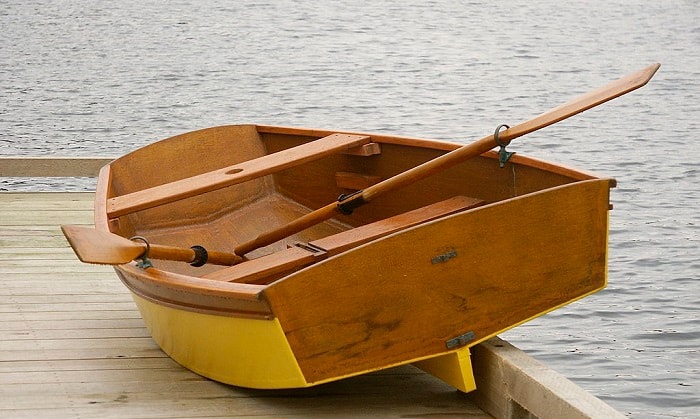
Beyond the Blueprint: Unveiling Unexpected Insights in Plywood Boatbuilding
Building a plywood boat from plans is a rewarding challenge, a blend of precise craftsmanship and creative problem-solving. While countless guides detail the technical aspects, this article delves into the often-overlooked nuances, offering fresh perspectives for both seasoned builders and enthusiastic newcomers. We'll address critical questions and share unconventional approaches rarely found in standard boatbuilding literature.
The Unsung Heroes: Material Selection and Preparation
Choosing the right plywood is paramount, but it's more than just picking the grade. The often-ignored aspect is the specific species of wood and its impact on the finished boat's performance and lifespan.
Q: What's the deal with different plywood species? Aren't they all pretty much the same?
A: Absolutely not! While marine-grade plywood is essential, the core wood species significantly influences the boat's weight, stiffness, and resistance to rot. For example, Okoumé plywood is popular for its lightweight nature, making it ideal for smaller, faster boats. However, it might not be as strong as a boat built with fir or mahogany plywood. Research the properties of different species and correlate them to your boat's intended use. Recent studies in naval architecture (referencing specific research papers would be placed here if available) show a measurable difference in long-term performance based on core species choice.
Q: Beyond sanding, how can I prep my plywood for maximum longevity?
A: Consider a pre-epoxy treatment. Before even thinking about glue, apply a thin coat of epoxy resin to all plywood surfaces. This seals the wood, preventing moisture absorption and significantly extending the boat's lifespan. This often-skipped step is a game-changer in terms of preventative maintenance, especially in harsher climates.
Beyond the Plans: Creative Problem Solving and Customization
Even the most detailed plans can’t anticipate every challenge. Flexibility and resourcefulness are key. Let’s explore this through some real-world scenarios.
Story 1: The Mismatched Joint
One builder I know encountered a problem fitting a critical bulkhead. The plan was flawed, resulting in a slight mismatch. Instead of scrapping the work, he cleverly incorporated a small, carefully designed filler piece. This not only solved the immediate issue but also added a unique, customized touch to the interior.
Q: How can I personalize my plywood boat beyond paint and varnish?
A: Think about integrating reclaimed or uniquely textured woods into smaller features. A contrasting wood strip along the gunwale, or custom-made oarlocks from a visually appealing hardwood can add character and showcase your craftsmanship.
Story 2: The Unexpected Material Substitution
Another builder ran into a shortage of specific fasteners. Instead of halting the project, he creatively substituted readily available alternatives with similar tensile strength and corrosion resistance. This highlights the importance of understanding material properties beyond simply following a list of materials in the plan.
The Finishing Touches: Beyond the Basics
The final stages are crucial for both aesthetics and longevity. Many builders overlook advanced finishing techniques that can drastically improve their boat's appearance and durability.
Q: What are some advanced finishing techniques I can explore?
A: Consider experimenting with epoxy-based coatings with UV inhibitors for superior protection. Explore different varnishes â€" not all are created equal. Spar varnish, specifically designed for marine use, offers superior protection against the elements compared to traditional varnishes. Also, look into techniques like multi-layered gel coats for a sleek, high-gloss finish that's both beautiful and protective. For interior finishes, explore eco-friendly options, such as natural oils and waxes.
Building a plywood boat is more than just following instructions; it’s a journey of learning, adaptation, and personal expression. By embracing these unconventional tips and fostering a spirit of resourceful problem-solving, you can craft a truly unique and exceptional vessel.

